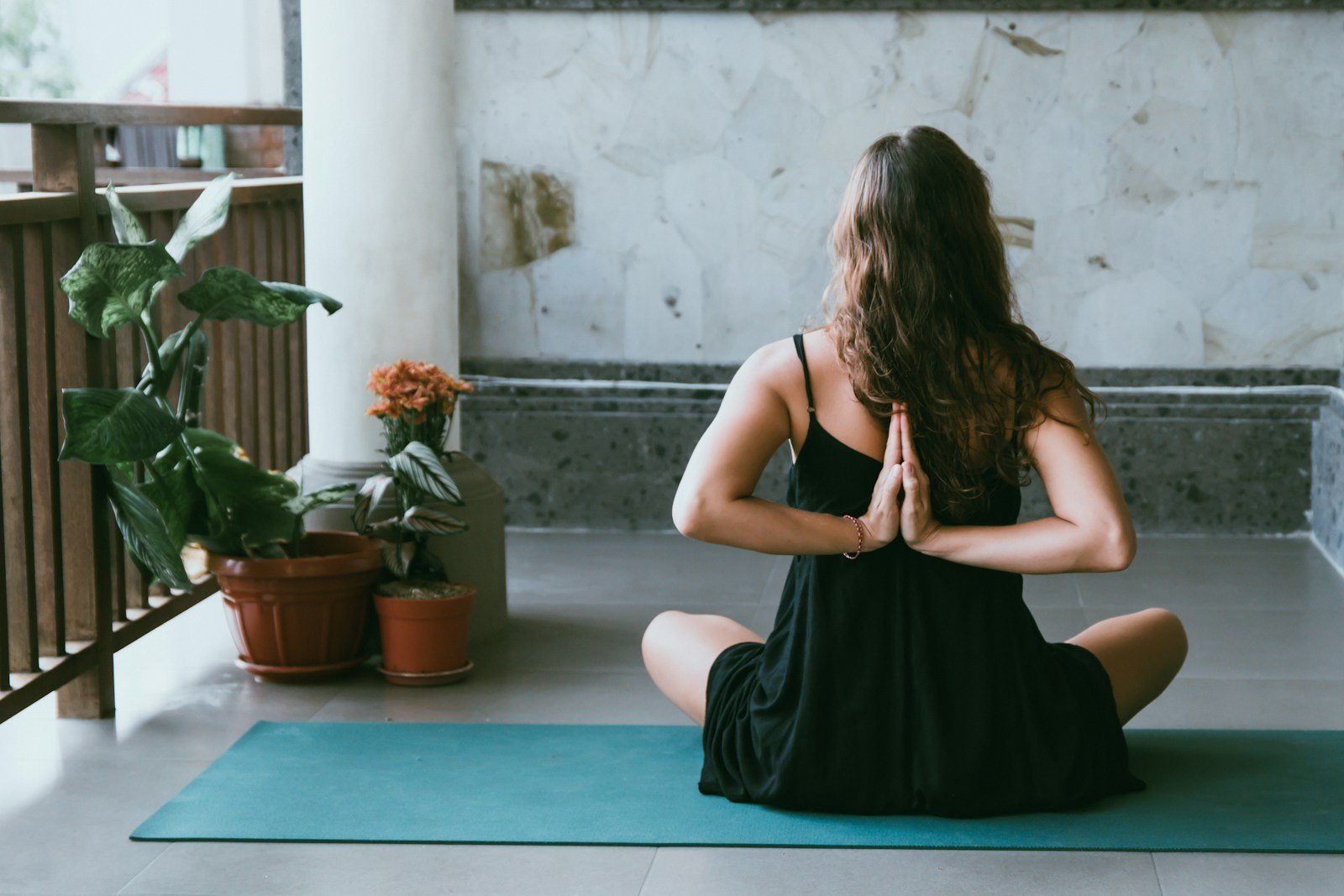The best types of yoga for improving posture focus on strengthening the core, enhancing flexibility, and promoting proper alignment. Hatha Yoga is an excellent exercise for beginners because it involves slow and gentle movements focusing on basic postures that build foundational strength and flexibility. Lyengar Yoga is also highly beneficial for posture as it emphasizes precise alignment and uses props to help hold poses longer, which can improve body awareness and alignment.
Vinyasa Yoga incorporates a series of flowing movements that can help improve strength and flexibility, which are crucial for good posture. Also, Yin Yoga and Restorative Yoga are useful for those needing to release tension and relax the muscles that might pull their posture out of alignment.
For those looking for a more dynamic practice, Ashtanga Yoga involves a rigorous series of postures that build core strength and body awareness, which can significantly improve posture over time. Each yoga style has unique benefits, so the best choice may depend on individual needs and fitness levels.

